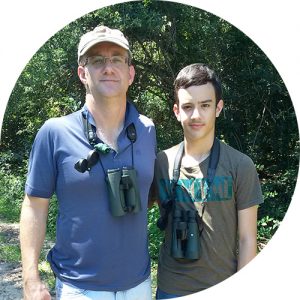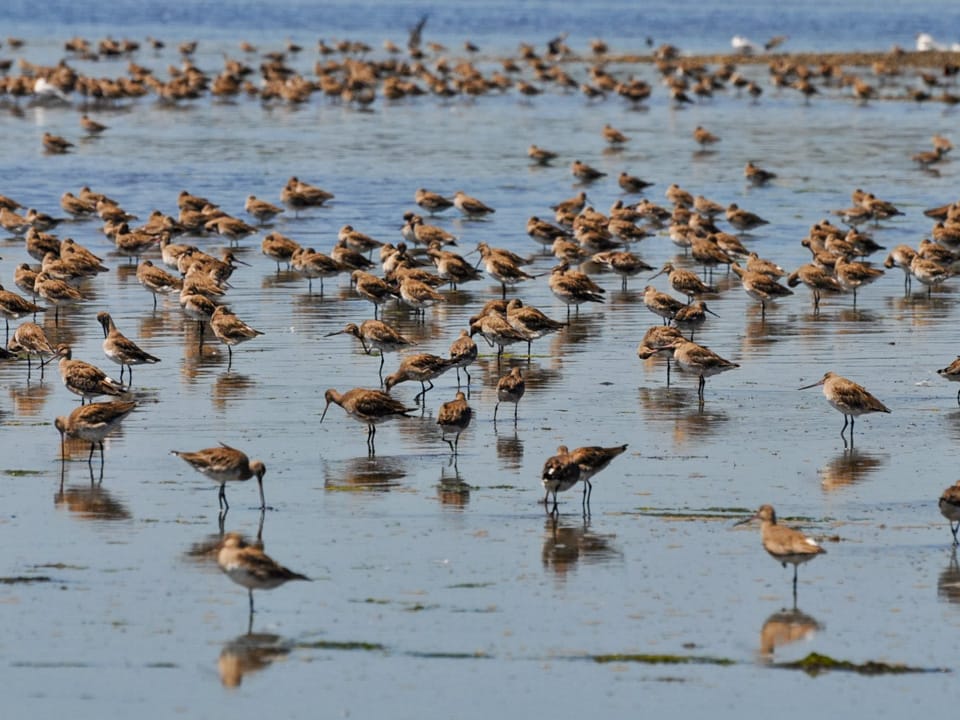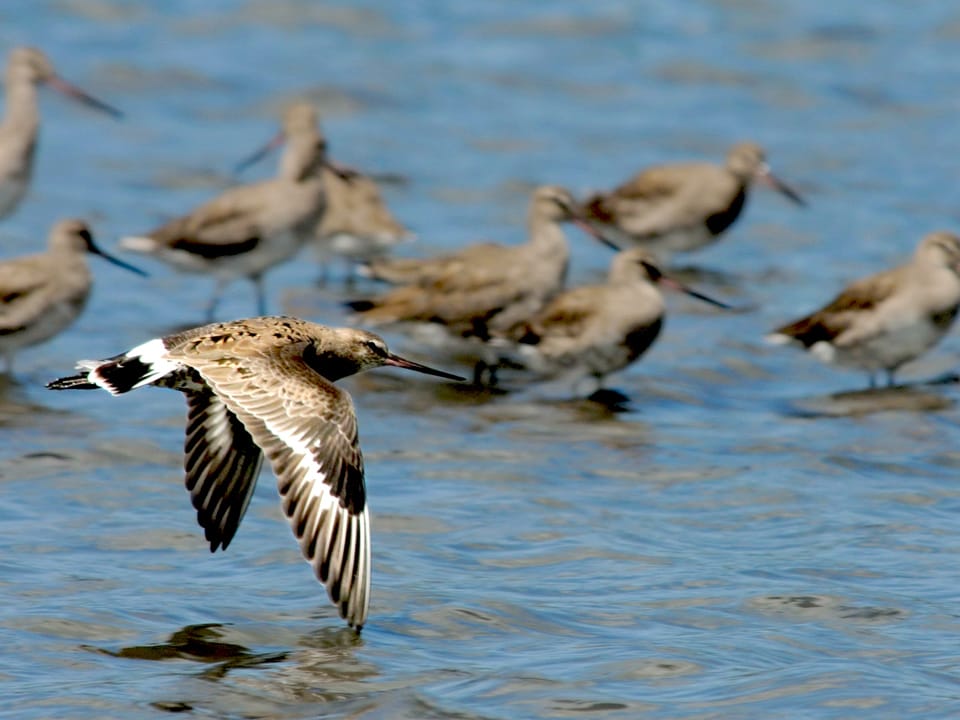My first experience with “citizen science” came at an early age, in my early teens, when I began to participate in monthly wader (shorebird) and wildfowl counts at my local “patch,” Farlington Marshes in Langstone Harbour (a site of international importance for waders and waterfowl on the south coast of the UK). It was here in the early 1950s that a group of volunteers (my father included) helped pioneer one of the first citizen science bird monitoring systems in the country. Today, about 3,300 volunteers help track population changes and in the UK’s wader and waterfowl populations through monthly monitoring at over 2,800 sites—a significant evolution in both the scale and the number-crunching power, but still dependent on the same approach of birdwatchers volunteering their time to count birds.
Fast-forward 35 years and my day job—helping local partners to manage “their” sites for shorebirds—is dependent on data gathered by volunteers. Without shorebird count data from Western Hemisphere Shorebird Reserve Network (WHSRN) sites and beyond, we wouldn’t be able to estimate population sizes and track trends; we wouldn’t be able to identify whether a site is of particular importance or not; and we’d struggle to monitor and measure the effectiveness of our conservation actions. Granted, some data can be gathered by “professionals.” But delivering effective conservation for a group of birds that moves across the entire hemisphere requires data collection on a scale which is only conceivable through mobilizing an “army” of volunteers.
Underpinning the identification of many WHSRN sites are data from the International Shorebird Survey (ISS). But in recent years the WHSRN Executive Office has increasingly used volunteer shorebird surveyors to help answer questions that are outside the scope of the migration monitoring focus of ISS. As an example, Central America has long been overlooked as an area potentially important for wintering and breeding shorebirds. To help address this, for the past four years the WHSRN Executive Office has been supporting the Central American Waterbird Census. Through this initiative, over 150 volunteers count shorebirds and waterbirds at about 200 sites in the seven countries of Central America plus southern Mexico. The results to date have included the identification of 12 sites of international importance for shorebird conservation.





 Back to all
Back to all



